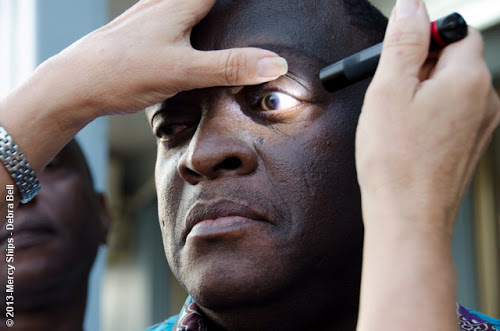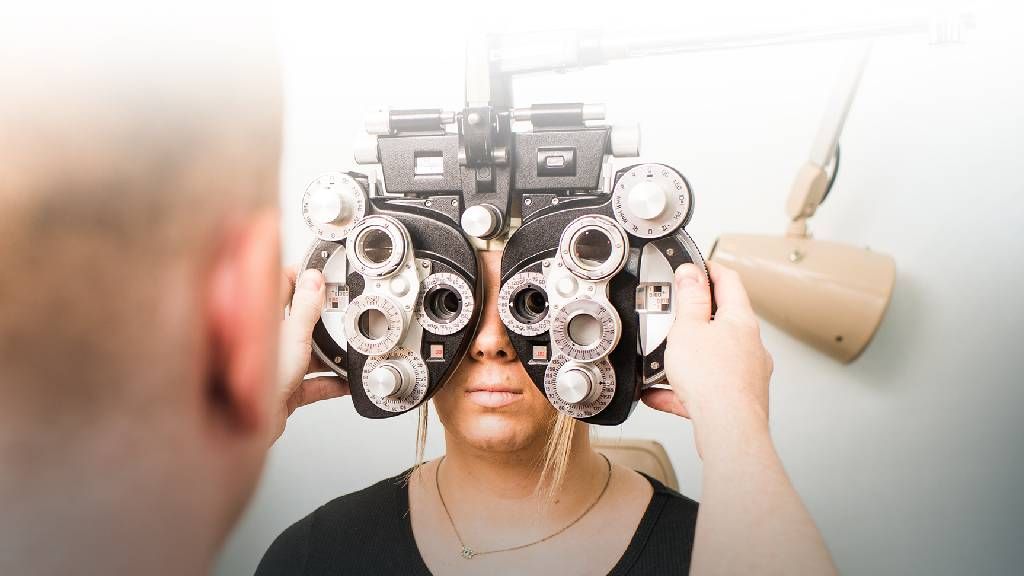Pediatric Eye Care at Andalusia Pediatrics: Taking Care Of Young Eyes
Pediatric Eye Care at Andalusia Pediatrics: Taking Care Of Young Eyes
Blog Article
Understanding the Various Vision Correction Procedures Available for Clearer Sight
In the realm of vision improvement treatments, a wide range of options exist to resolve refractive errors and give individuals with clearer sight. Let's discover the complexities of these procedures and dropped light on the path to achieving enhanced vision clarity (Cardiologist Andalusia).
LASIK Surgical Procedure
LASIK surgery is a common refractive procedure utilized to remedy vision issues such as nearsightedness, astigmatism, and farsightedness. This medical strategy, which stands for Laser-Assisted in Situ Keratomileusis, intends to reshape the cornea to improve exactly how light is focused on the retina, eventually enhancing vision quality. Throughout the procedure, a thin flap is created on the cornea, and a laser is utilized to get rid of precise amounts of cells to improve it appropriately. This improving enables light to be precisely focused onto the retina, remedying refractive mistakes.
One of the main benefits of LASIK surgical treatment is the fast improvement in vision experienced by clients. Generally, LASIK surgical treatment is a preferred option for individuals looking for a long-lasting option for their vision problems.
PRK Treatment

PRK is an ideal alternative for individuals with slim corneas or those at a higher threat of eye injuries, as it does not entail creating a corneal flap. The healing process for PRK is somewhat longer contrasted to LASIK, as the epithelium needs time to regrow. People may experience pain and fuzzy vision for a couple of days following the procedure.
Regardless of the longer recuperation time, PRK can generate exceptional outcomes in vision enhancement, making it a useful choice for those who may not be suitable candidates for LASIK surgical treatment. - Eye Doctors in Andalusia
Implantable Lenses
In comparison to PRK where the cornea is reshaped straight, implantable lenses provide an additional approach for dealing with vision by putting artificial lenses inside the eye. This treatment is specifically advantageous for individuals with high levels of nearsightedness, astigmatism, or farsightedness that may not appropriate candidates for laser surgical treatments like LASIK or PRK.
Implantable lenses, also known as phakic intraocular lenses, job by supplementing the eye's natural lens with an artificial one. These lenses can be put in front of the natural lens (former chamber) or behind the iris and before the natural lens (posterior chamber) By readjusting the power and positioning of these lenses, eye doctors can efficiently correct refractive mistakes and enhance visual skill.
One advantage of implantable lenses is that they are exchangeable and detachable, supplying flexibility for future changes. However, similar to any type of medical treatment, there are dangers included, such as infection or cataract formation. Clients thinking about implantable lenses should speak with an eye care expert to determine the most suitable choice based upon their specific requirements and eye health.
Corneal Rings

The procedure for placing corneal rings is minimally intrusive and relatively fast, often performed as an outpatient procedure. During the surgery, the ophthalmologist makes a tiny cut in the cornea and inserts the rings at a particular depth. As soon as in position, the rings help to improve the cornea, supplying a smoother surface area for light to go into the eye, which can lead to clearer vision.
Corneal rings are taken into consideration a reversible treatment, as they can be gotten rid of or changed if needed. While they might not completely eliminate the demand for glasses or contact lenses, corneal rings can significantly improve vision quality and total aesthetic convenience for individuals with keratoconus or various other corneal abnormalities.
Refractive Lens Exchange
Following the adjustment of corneal irregularities with treatments like corneal rings, one more vision adjustment strategy that can address refractive mistakes is Refractive Lens Exchange (RLE) RLE is a procedure that entails changing the eye's natural lens with a fabricated intraocular lens (IOL) to fix refractive mistakes such as presbyopia, farsightedness, best site and nearsightedness. This treatment is specifically helpful for people who may not appropriate candidates for treatments like LASIK or PRK because of aspects such as slim corneas or high refractive errors.
Recuperation time for RLE is fairly quick, and patients can anticipate better vision soon after the treatment. As with any surgical treatment, possible threats and issues exist, so an extensive assessment with an eye care specialist is crucial to determine if RLE is the right vision correction option.
Final Thought

In the realm of vision modification procedures, a plethora of alternatives exist to address refractive errors and give individuals with more clear sight.LASIK surgery is an usual refractive treatment used to fix vision troubles such as farsightedness, nearsightedness, and astigmatism.While likewise an usual refractive procedure, the PRK (Photorefractive Keratectomy) method varies from LASIK surgical treatment in its method to dealing with vision issues.Following the adjustment of corneal irregularities with treatments like corneal rings, an additional vision correction strategy that can address refractive mistakes is Refractive Lens Exchange (RLE) LASIK surgical procedure, PRK procedure, implantable lenses, corneal rings, and useful reference refractive lens exchange are all choices that can deal with various vision issues.
Report this page